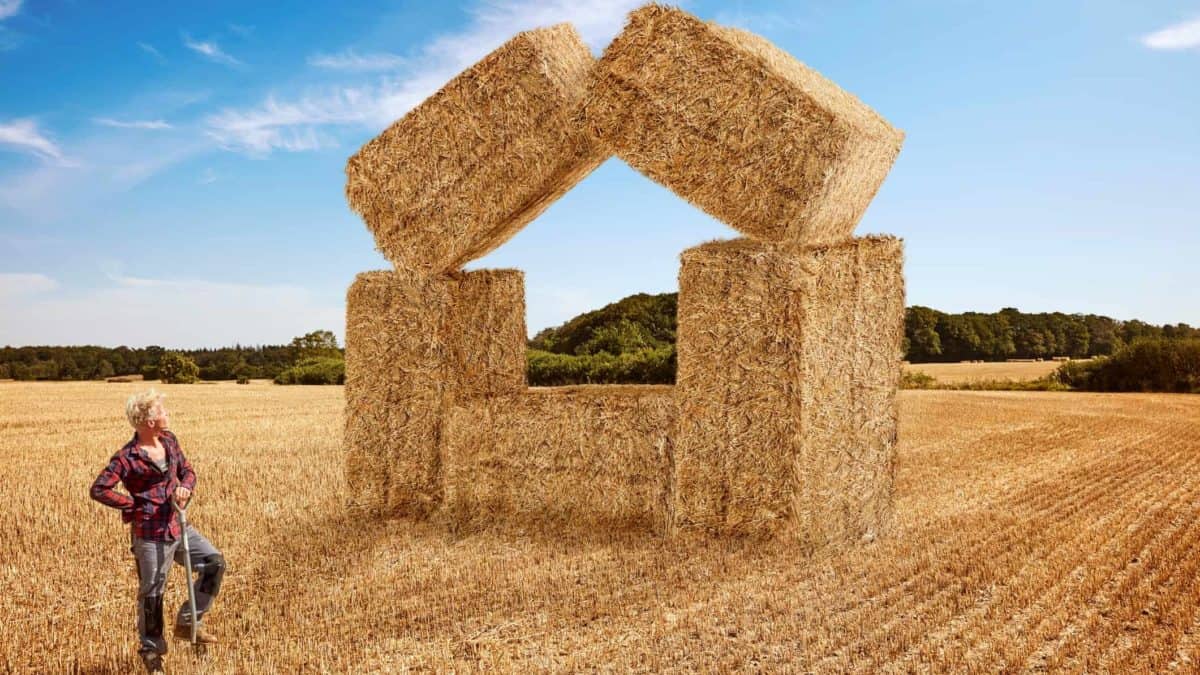The ASX dividend stock Charter Hall Long WALE REIT (ASX: CLW) is a strong option for passive income because of the large distributions it sends to shareholders every year.
The real estate investment trust (REIT) owns a variety of properties including industrial and logistics, convenience retail (service stations), high-quality retail, retail, social infrastructure, agri-logistics, Bunnings properties and so on.
Why it's a good option for passive income
First, it is paying a large distribution yield. It's achieving this partly by paying all of its rental profit to investors each year.
According to Commsec, the business is predicted to pay a distribution per unit of 26 cents in FY24. That translates into a forward distribution yield of 7.1%.
When the REIT reported its FY24 first-half result it said that its portfolio weighted average lease expiry (WALE) was 10.8 years. The WALE provides income security for investors according to Charter Hall Long WALE REIT, helping the passive income.
It also said that 99% of its portfolio's tenants are blue-chip, meaning they're the government, ASX-listed, multinationals or national tenants.
It's challenging to know what's going to happen with its costs (mainly due to interest rates) in the medium term, but the ASX dividend stock's rental income is seeing annual growth. Charter Hall Long WALE REIT said 52% of leases are linked to CPI, with a 5.4% weighted average increase of CPI-linked leases in FY24, while 48% of leases are fixed, with an average fixed increase of 3.1%.
$3,100 of annual passive income
Owning enough Charter Hall Long WALE REIT units can mean getting $3,100 of annual investment income.
If we have 11,923 units, it's projected to pay $3,100 of annual passive income in FY24. The same number of units could pay $3,219 in FY25 because of the projected 27 cents payment per unit, according to Commsec .
At the current Charter Hall Long WALE REIT share price, that would be a cost of $43,519 thanks to the strong distribution yield.
If the rental income can grow faster than interest costs in the next couple of years, then the distribution could keep increasing from the ASX dividend stock.
At the moment, it's one of my preferred long-term REIT ideas because of its long WALE, rental income growth and good yield.









